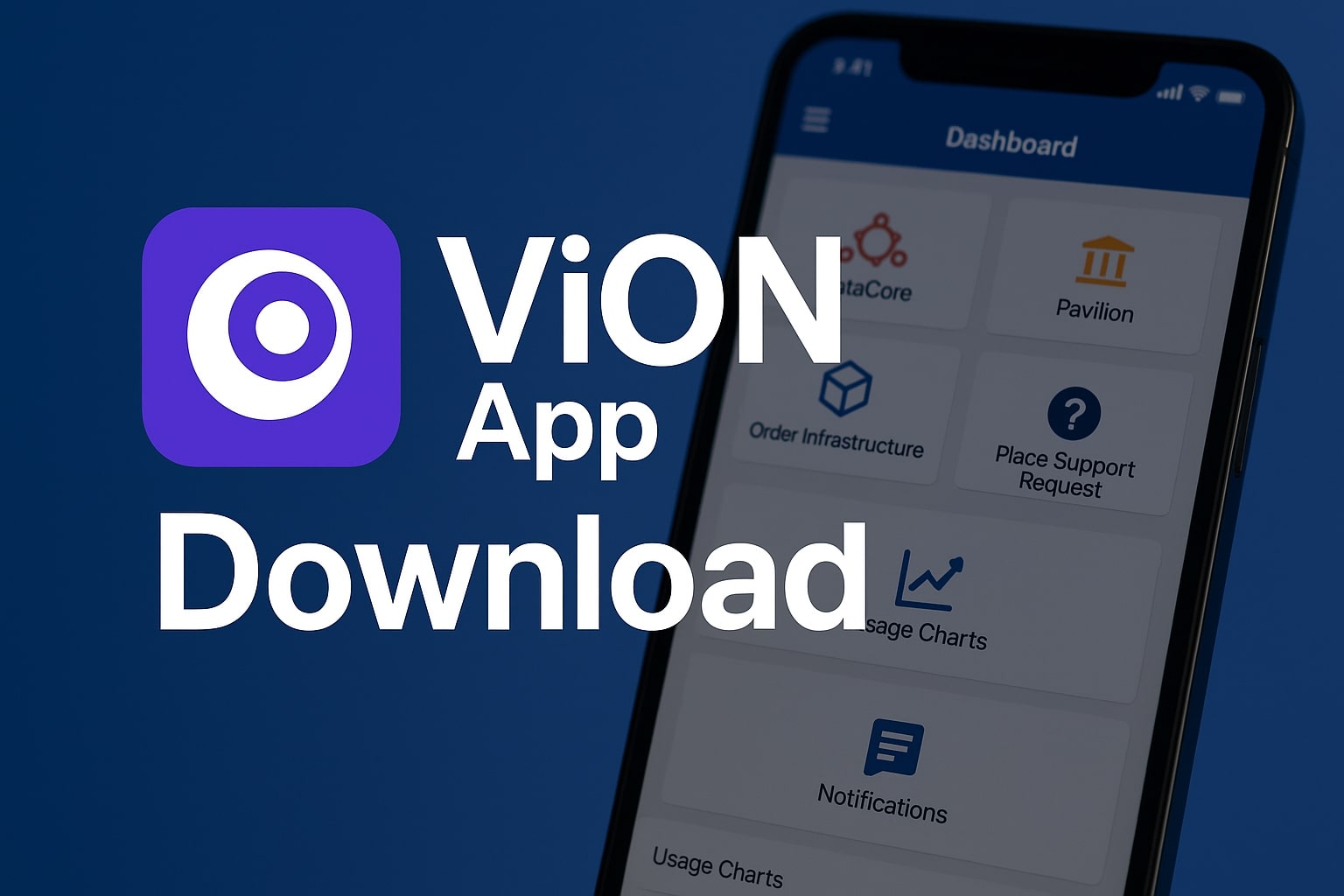How to Become a Pilot: A Step-by-Step Guide
1. Research and Understand the Career
Before committing to becoming a pilot, it’s essential to understand what the career entails. Pilots need strong mathematical and technical skills, good physical health, and the ability to stay calm under pressure. There are various types of pilots, including commercial airline pilots, private pilots, military pilots, and helicopter pilots, each with specific requirements and career paths.
2. Meet Basic Requirements
- Age: You must be at least 17 years old to obtain a private pilot’s license and at least 18 years old for a commercial pilot’s license.
- Education: A high school diploma is required. While not mandatory, a college degree can be beneficial and is preferred by many airlines.
- Language: Proficiency in English is necessary, as it is the international language of aviation.
- Medical Fitness: Obtain a first-class or second-class medical certificate from an aviation medical examiner. This certificate verifies that you meet the health and fitness standards required for pilots.
3. Choose a Flight School
Select a flight school that is certified by the Federal Aviation Administration (FAA) or the appropriate authority in your country. There are two main types of flight training programs:
- Part 61 Schools: Offer flexible training schedules and are usually less expensive.
- Part 141 Schools: Follow a more structured curriculum and are typically faster-paced.
| Shervi Aviationia India Pvt Ltd, in partnership with AVIATIONIA, aims to empower the aviation community with sustainable human capital development through acadustry®-oriented Education & Training. The consortium seeks to establish constructive accord among aviation stakeholders across the country to transform potential by collaborating with local universities, industries, and relevant associations, thereby bringing forward specific programmes – Microclasses® and Pre-Piloting Programme® for self-enhancement at individual level, and Masterclasses for talent management at corporate level, while maintaining high-quality standards. Shervi Aviationia India |
4. Obtain a Student Pilot Certificate
Before you can start flying solo, you need a student pilot certificate. Apply for this through the FAA or your country’s aviation authority. You will need to pass a medical exam and provide proof of citizenship.
5. Earn a Private Pilot License (PPL)
- Ground School: Complete a ground school course to learn aviation theory, including navigation, weather, flight planning, and regulations.
- Flight Training: Log a minimum of 40 flight hours, including solo flights, under the supervision of a certified flight instructor (CFI).
- Pass Written Exam: Take and pass the FAA Private Pilot Knowledge Test.
- Checkride: Successfully complete a practical test (checkride) with an FAA examiner, which includes an oral exam and a flight test.
6. Gain Experience and Additional Ratings
- Time Building: Accumulate flight hours to gain experience. Most airlines require at least 1,500 hours of flight time.
- Instrument Rating: Obtain an instrument rating (IR) to fly in various weather conditions and under instrument flight rules (IFR).
- Commercial Pilot License (CPL): Complete additional flight training and pass the necessary exams to obtain a CPL, which allows you to be paid for flying.
- Multi-Engine Rating: If you plan to fly multi-engine aircraft, you will need this additional rating.
7. Become a Certified Flight Instructor (CFI)
Many aspiring pilots become CFIs to build flight hours and gain experience. This involves additional training and passing the FAA CFI exam.
8. Apply to Airlines or Aviation Companies
Once you meet the flight hour and certification requirements, you can apply to regional airlines, charter companies, or other aviation employers. Be prepared for a rigorous interview process that may include technical questions, simulator evaluations, and psychological tests.
9. Continue Professional Development
Even after becoming a professional pilot, ongoing training and education are essential. Airlines require recurrent training to keep pilots updated on new regulations, technologies, and procedures.
Conclusion
Becoming a pilot requires dedication, rigorous training, and significant financial investment. However, it can be a highly rewarding career for those passionate about aviation. By following these steps and continually developing your skills, you can achieve your goal of becoming a professional pilot.







Leave a Reply